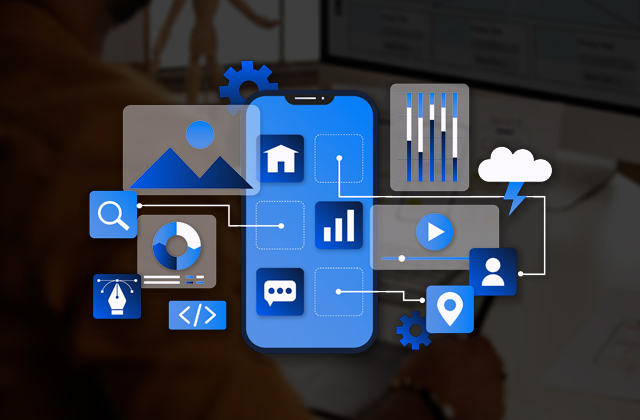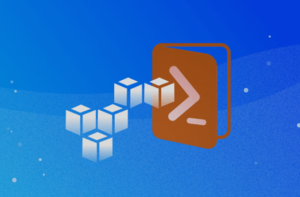Introduction
The Demand for Cross-Platform Development
In 2025, as businesses continue to focus on scaling as quickly and as efficiently as possible, cross-platform development will become the standard. React Native and Flutter are becoming a staple in the development of cross-platform solutions as they continue to innovate and adapt. They are becoming essential technologies in the development of mobile apps.
Not Sure Whether to Choose React Native or Flutter?
React Native: An Established Framework with a Rich Ecosystem.
It has been eight years since React Native was first released by Facebook (now Meta), and it has dramatically changed the landscape for mobile app development. It allows developers to create native feel apps on JavaScript and React, which is one of the most widely used front-end libraries. React Native has changed a lot over the years and its ecosystem is constantly growing.
What is New in React Native for 2025?
- Fabric Renderer: A new architecture called Fabric is being introduced to improve performance and improve compatibility with native modules, leading to faster, more responsive apps, which will ultimately improve the user experience.
- TurboModules: The new architecture also includes a streamlined module called TurboModules, which will enable better interworking of JavaScript and native code for optimized performance and reduced load times.
- Enhanced Developer Tools: The developer tools for React Native are getting better and better to include more capabilities and allow for more intuitive debugging, hot reloading, and testing. Making the development process more seamless and efficient.
- Increased Community Support: The vast developer community will provide continual improvements for React Native, an abundance of third-party libraries, and tons of plug-ins, which means companies will find solutions to almost all of their needs.
Reasons Why React Native is A Good Choice for Companies
- Cost-Effective Development: When companies use React Native, the single codebase for iOS and Android reduces the cost of development work.
- Faster Time-to-Market: React Native’s reusable components and hot reloading also contribute to the rapid speed of development.
- Scalability: React Native is ideal for companies that wish to expand their app to various platforms without any limitation on performance.
Flutter: Google’s Engine for Beautiful, High-Performance Apps
Since its inception in 2017, Flutter, developed by Google, has quickly risen to be the ‘most loved’ framework among developers. Unlike React Native, which makes use of JavaScript, Flutter makes use of a programming language called Dart that was specifically designed for making user interfaces. A compelling feature of Flutter is that it can deliver beautiful and high processing apps from a single codebase.
Noteworthy improvements coming to Flutter in 2025
- Impeller Rendering Engine: The newly created Impeller rendering engine in Flutter aims to cut out choppy animation and slow downs on low-end devices and present smooth, fluid animation processes to users over the various platforms.
- Dart 3 and Beyond: The dart programming language is always progressing and aims to continually improve in being easy to develop, with features like null safe and fast Dart 3 is targeting new features to make developing complex, scalable applications easier.
- Web and desktop support: The Flute extension is outside mobile applications. It now involves support for web and desktop applications and establishes itself as a truly universal framework for companies aimed at expanding access.
- Customized widget: The widget-based structure of the pulse provides developers to design a very adaptable user interface. This level of flexibility is an important advantage for companies that want to divorce unique designs.
Why businesses should choose Flutter
- Pixel-Perfect UIs: Widget System in pulsation allows developers to create visually fantastic and consistent designs on different platforms.
- High performance: By collecting natural code, pulses ensure fast performance and liquid animation.
- Versatility: With your support for mobile, web, and desk, the flag is an option to think further for companies that want to expand the app portfolio.
How React Native and Flutter Help Businesses Stay Ahead
- Faster Development Cycle: Both structures facilitate rapid development, allowing companies to start their apps on time.
- Cost Efficiency: Using a single CODBASE for different platforms allows companies to significantly reduce growth costs.
- User experience for communion: Reacts provides a similar experience in native and vibrant units, which is necessary to maintain the brand’s loyalty.
- Future-proof solution: With ongoing updates and promotion, both frameworks are well prepared to meet the challenges generated by future technologies.
Conclusion
Looking forward to 2025, React Native and Flutter are set to remain crucial in mobile app development. Their ability to produce high-quality, cross-platform applications quickly and financially makes them the wealth required for businesses. Whether it is choosing to react native because of his established ecosystem or choosing pulsating for his impressive user interface and performance, both of them equipped you with the equipment required to bloom in a competing appliance.
By using these techniques, companies can not only meet the needs of today’s users but can also be prepared for the challenges and opportunities that are on. The future of the development of mobile apps is here, and this reagent is run by indigenous peoples and is vibrant.





